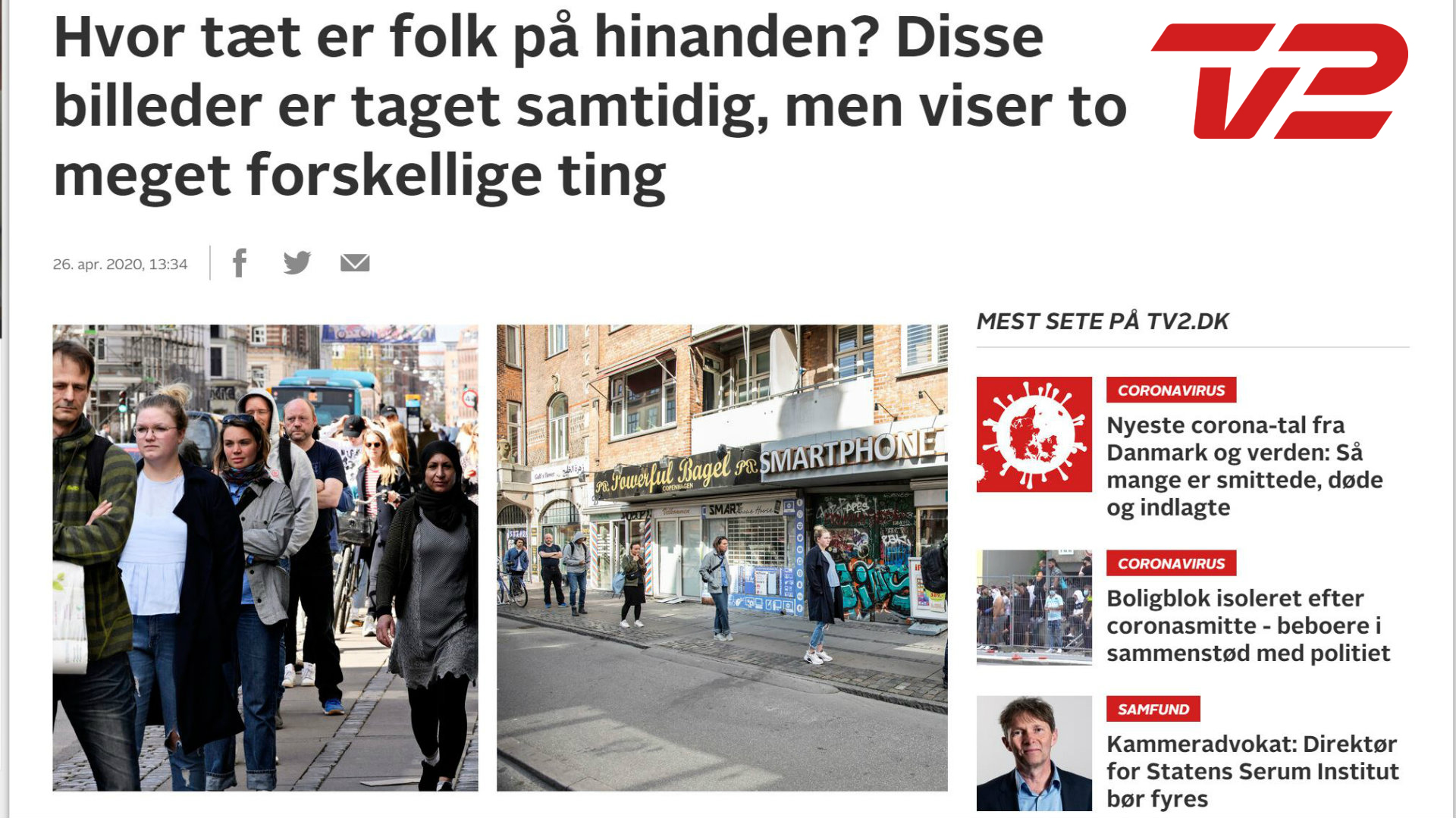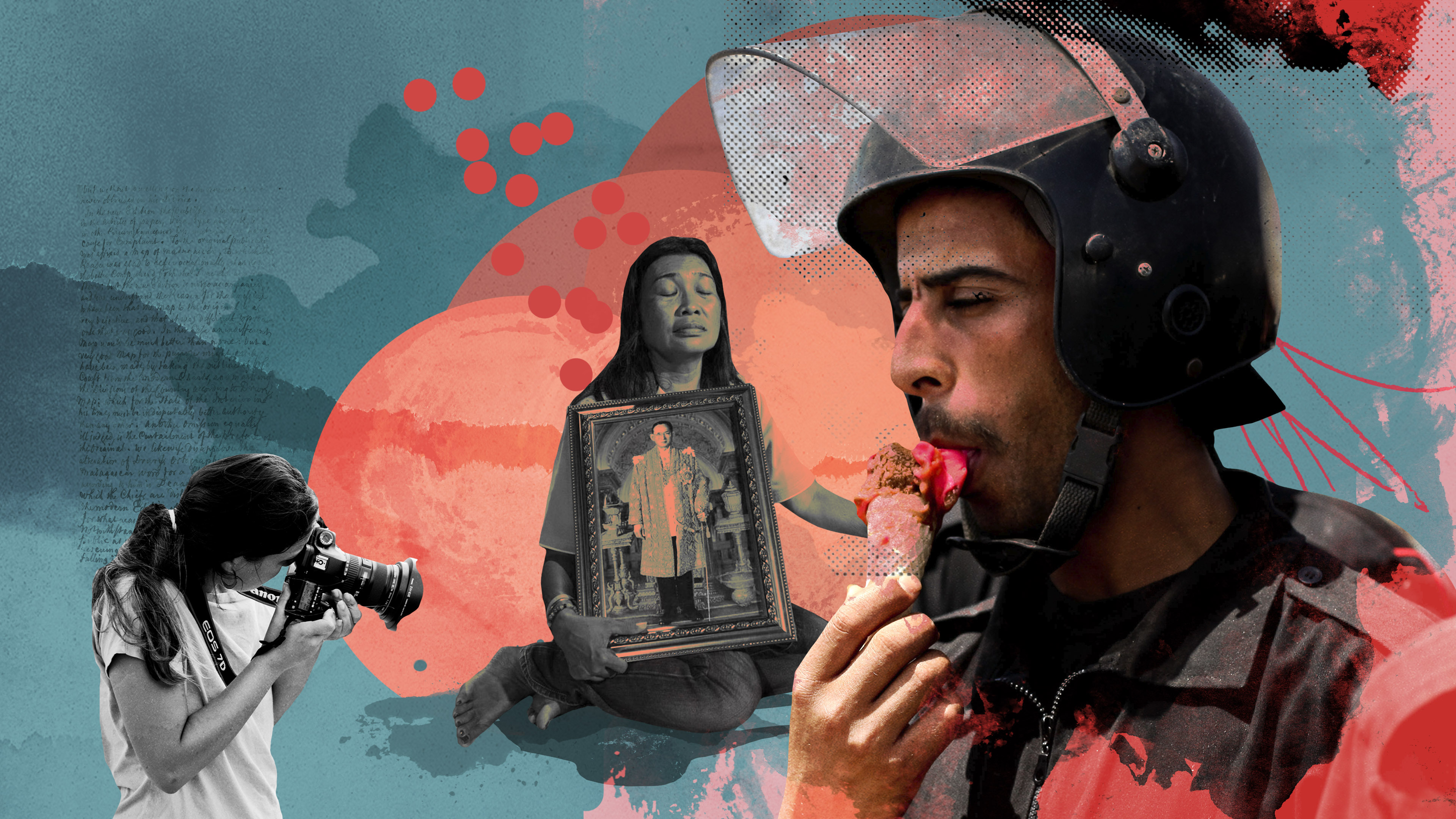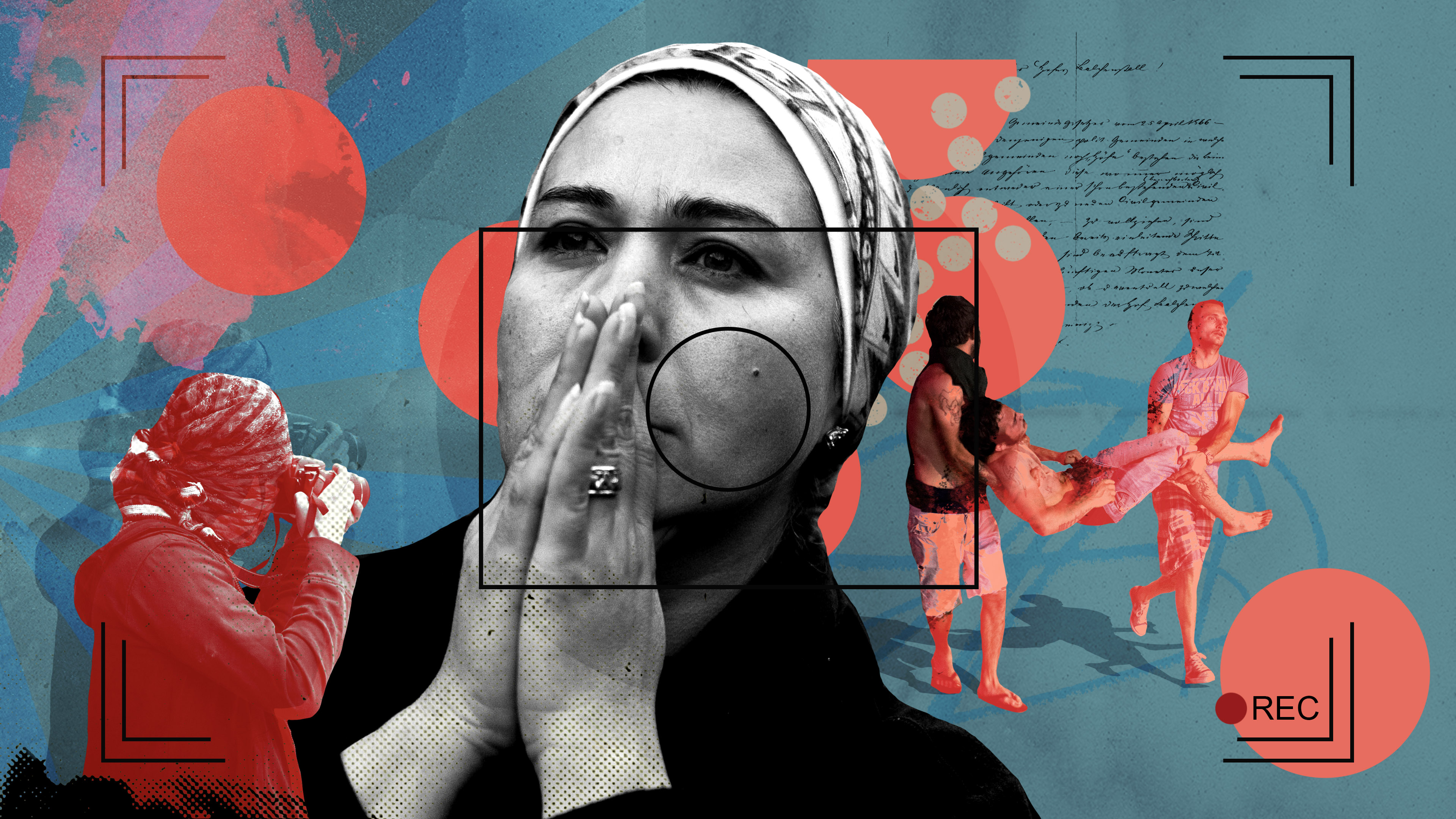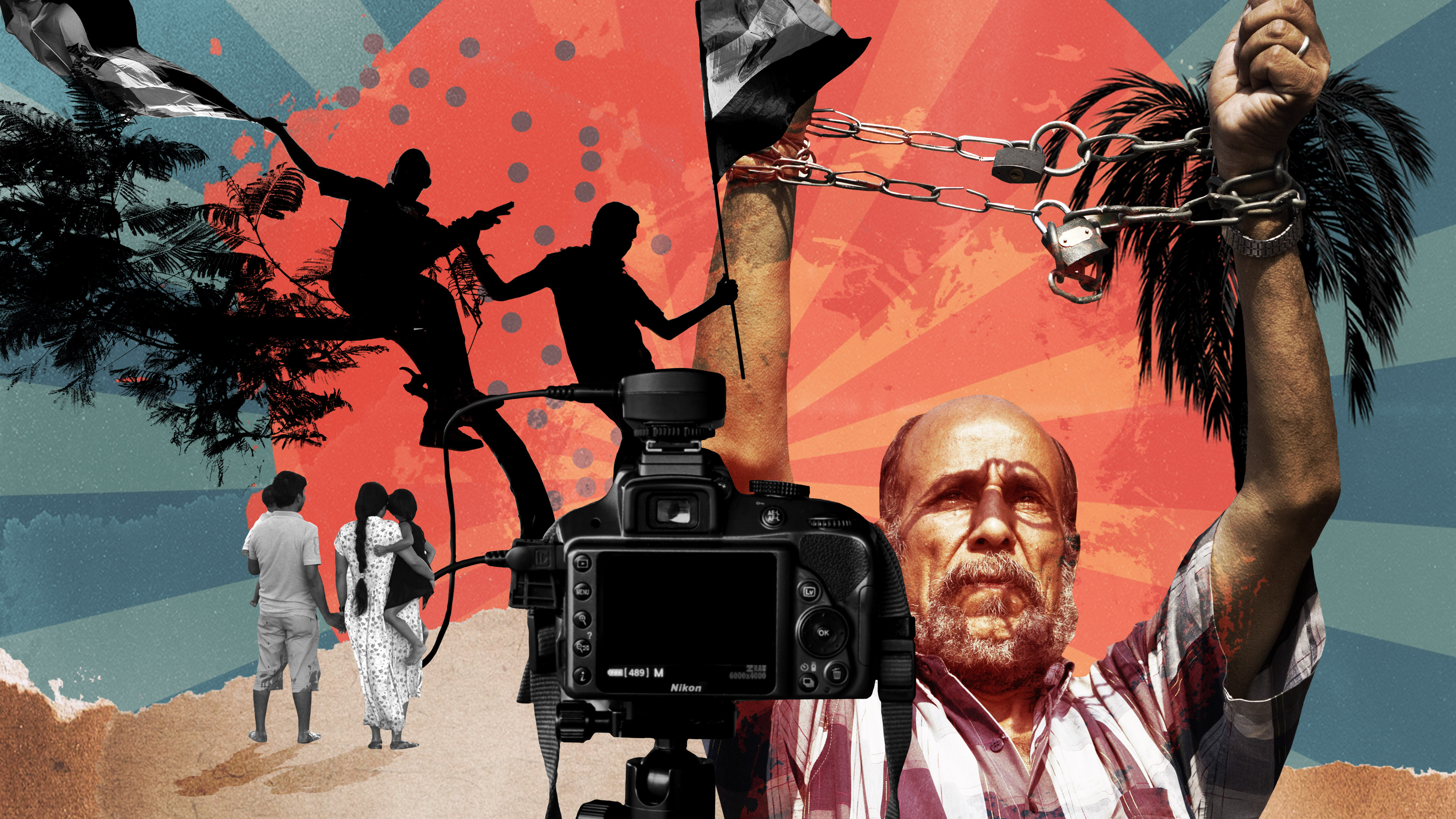This article by Savannah Dodd, founder of the Photography Ethics Centre, uses the key principles introduced in her Journalism Now e-learning course The Photographer's Ethical Toolkit to discuss some of the ethical questions that the Covid-19 pandemic has brought to the forefront of the photojournalism community.
“My responsibility is to grasp the correct protocol of how to cover the crisis: to have all the protective equipment and respect the rules during and after shooting; and to act with sensitivity, empathy, and respect for people.”
Francesca Tosarelli, Italian Filmmaker – April 2020
In the Photographer’s Ethical Toolkit, we explain that “The Golden Rule” – treat others as you would want to be treated – is not enough in order to access empathy. Instead, we need to take time to get to know who an individual is in order to come close to understanding what he or she might be feeling or experiencing.
For Francesca Tosarelli, it would have been very difficult to spend time with the people she filmed because they had symptoms consistent with the coronavirus and her contact with them was limited to just a few minutes. But she had the advantage of also being Italian. This helped her to relate to the people she was filming in a particular way, even without spending a lot of time with them. It’s not that all Italian experience is the same, rather that she already has a keen understanding of the socio-political and cultural context.
Empathy: Global North v Global South
The principle of representing people empathetically, though, is often limited to those living in the Global North. This may be due, in part, to the fact that the photographs we see are most often produced by people from the Global North.
Photojournalist Danielle Villasana interviewed Ghanaian photographer Nana Kofi Acquah for an article about the differences in the way that pandemics are photographed in Europe and in Africa. Acquah draws a contrast between the way that European photographers have photographed the Ebola crisis in Guinea, Liberia, and Sierra Leone and the way that they have photographed the coronavirus outbreak in Italy.
It became obvious that the reason we are not seeing those gory, distasteful photographs is because people don’t make those kinds of photographs about themselves.
Autonomy
When a photograph from a Belgian hospital ward was posted by the Reuters news agency many asked about the question of consent. The photograph depicts a man lying face down on a hospital bed. He is naked except for a small towel covering him, is connected to medical equipment and it is unclear if he is conscious. We do not know if he survived the illness. (The photograph is not reproduced here because of the sensitive nature of the image. It can be accessed on Instagram where it was originally shared.)
This man seems to be in no position to consent for himself. When people cannot consent for themselves, the standard practice is to seek consent from next of kin. However, he is unnamed and his face is not pictured. Is consent even necessary?
The Reuter’s photographer had consent to be in the hospital. However, having photographed in hospitals previously, I know that obtaining consent to photograph in a hospital – or in any setting for that matter – can be less a matter for formal protocol and more a matter of who you ask. While medical professionals certainly view patient confidentiality as paramount, they might not be as media literate as the photographer who is asking for consent. They might not be aware of just how far a photograph can go.
Hold to account
Not all comments about the image are negative and the agency will have considered carefully its reasons for publishing.
However this is why we, as photographers, must hold ourselves to account to ensure that we proceed with care for the individuals in our photographs, and that we are not photographing just because we have permission to do so, but because it is the right thing to do.

Integrity
Photographs recently published by Danish broadcaster TV2 on its website demonstrate the way that certain aesthetic and compositional decisions can distort reality. The article gives a side-by-side comparison of two photographs of the same location taken at the same time. In one, it appears that people are flagrantly ignoring social distancing measures. In the other, it shows people spaced out according to the current public health recommendations.
This article was presented as a lesson to the public to be more skeptical of the photographs they consume. Yet it could equally be used as an exercise to encourage photographers to become more aware of their representational power and more attuned to the integrity of their practice.
Photojournalists and documentary photographers have a responsibility to ensure that our photographs accurately represent reality.
There are many potential barriers to accuracy: one is aesthetics. The aesthetic choices we make – like focal length, perspective, and framing – are not benign. They impact the way that the viewer reads images and understands reality. In the example described above from the Danish news outlet, the choice between a zoom and a wide angle lens is not just an aesthetic preference, it changes the meaning of the photograph.
Awareness, Authenticity and Accuracy
These questions of contextual awareness, of accuracy, and of representational power are the focus of my first advanced online training in photography ethics. Building from the foundations laid in The Photographer’s Ethical Toolkit, this training is designed to strengthen the skills photojournalists and documentary photographers need to navigate ethical dilemmas in their work.
Although these questions are coming to the forefront during this pandemic, they are questions that will remain long after the virus has passed. They are questions that are fundamental to the nature of photography, and that impact the way that photographers produce work every day.
Awareness, Authenticity and Accuracy is the first course in the Photojournalism Ethics series. The second module on Empathy, Dignity, and Power will be released in July, and the third module on Impact, Intervention, and Injury will be released in October. In between each course module we will host a free webinar for course participants to discuss the themes and ask questions before continuing onto the next step.
Photojournalism Ethics series

Advanced Photo Ethics: Empathy, Dignity, Power
Available July 2020

Advanced Photo Ethics: Impact, Intervention, Injury
Available October 2020

Savannah Dodd
Photography ethics
Savannah Dodd is the founder and director of the Photography Ethics Centre with a background in anthropology and a personal practice in documentary photography.
Savannah Dodd is the founder and director of the Photography Ethics Centre with a background in anthropology and a personal practice in documentary photography.
